What are the 10 Signs of Ageing?
What are the 10 Signs of Ageing?
The visible signs of skin ageing
Wrinkles
The first noticeable sign of ageing from 25 on wards are fine lines and wrinkles. These lines appear on different areas of the face and are the most noticeable signs of the skin ageing. First to appear are the very fine lines. These small, shallow expression lines tend to become noticeable at the outer corners of the eyes. It is no surprise that they are known as laughter lines . Fine lines can also be found on the cheeks and the forehead, the wrinkles become noticeable as horizontal lines, again they are triggered by facial expression and tend to become deeper as time goes by. Smaller, vertical lines between the brows are caused by frowning.
Deeper wrinkles form between the nose and mouth, called nasolabial folds. These are linked to the skin becoming less taut and are often associated with a loss of volume.
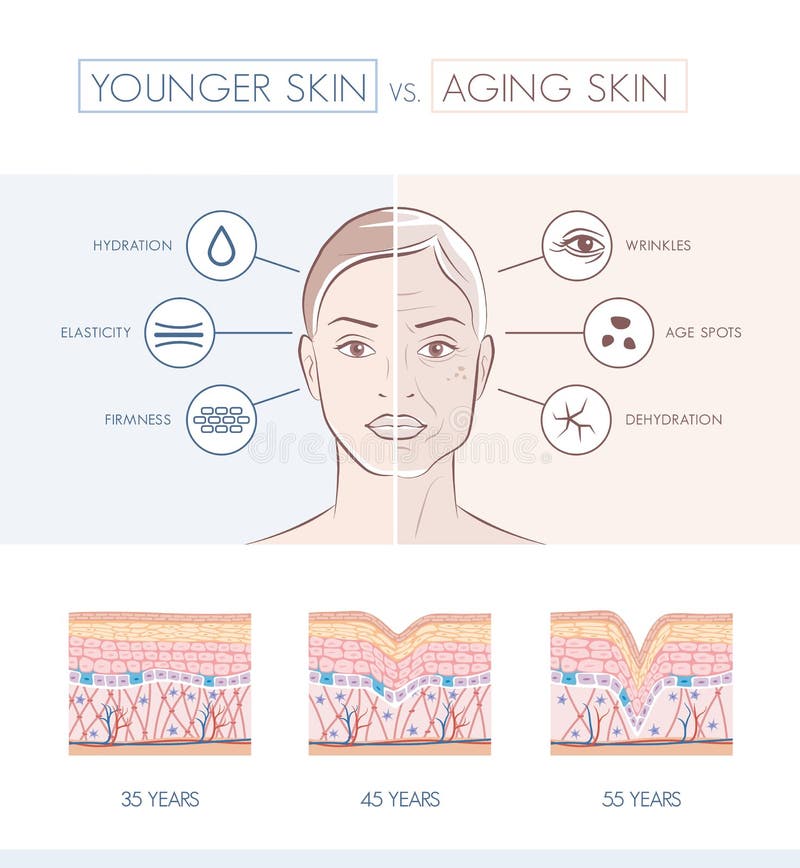
Loss of volume
Sometimes difficult to identify, a loss of volume is also recognized by a loss of tautness of the skin, leading to a change in the cartography of the face.The neck area can become quite rough and dry and there can be a lack of glow and bloom to the skin. The diminishing volume can give the face a changed expression and look.
Loss of density
Most common in women of post-menopausal age, a loss of density manifests itself on the surface as the skin becoming fine and delicate . Unlike wrinkles or loss of volume, loss of density affects the skin all over the face, rather than being a concern in certain areas.
It is often associated with deeper wrinkles and a loss of radiance with a tendency towards duller skin.
 -
-Ageing happens in every layer of the skin
Changes within the skin’s layers show themselves on the surface as signs of ageing.
Epidermal layers
Epidermal layers
A slower cell turnover and reduction in lipid production on the skins surface means roughness and dryness are more likely. As this particular layer of the skin ages, it becomes more sensitive to UV light. The skin is less efficient at healing itself, and a reduction in immune function can lead to an increase in skin infections, together with slower wound healing.
Dermal layers
From the age of 25, there is a 1% annual decrease in collagen, one of the ‘building blocks’ of the skin. Together with a decline in elastin this leads to dermal tissue disorganization. The structure of the skin is compromised and wrinkles are more likely. Elasticity is reduced, making the skin more prone to damage and broken capillaries. Reduced blood flow means a less efficient delivery of nutrition and oxygen to the surface. This leads to a decrease of the rosy glow enjoyed by youthful skin.
Sub dermal layers
In the deeper layers, the most notable changes are to the size and number of lipid-storing cells in the adipose layer. This decrease has a knock-on effect on loss of volume, and can lead in turn to deep wrinkles, hollow cheeks and impaired wound healing.
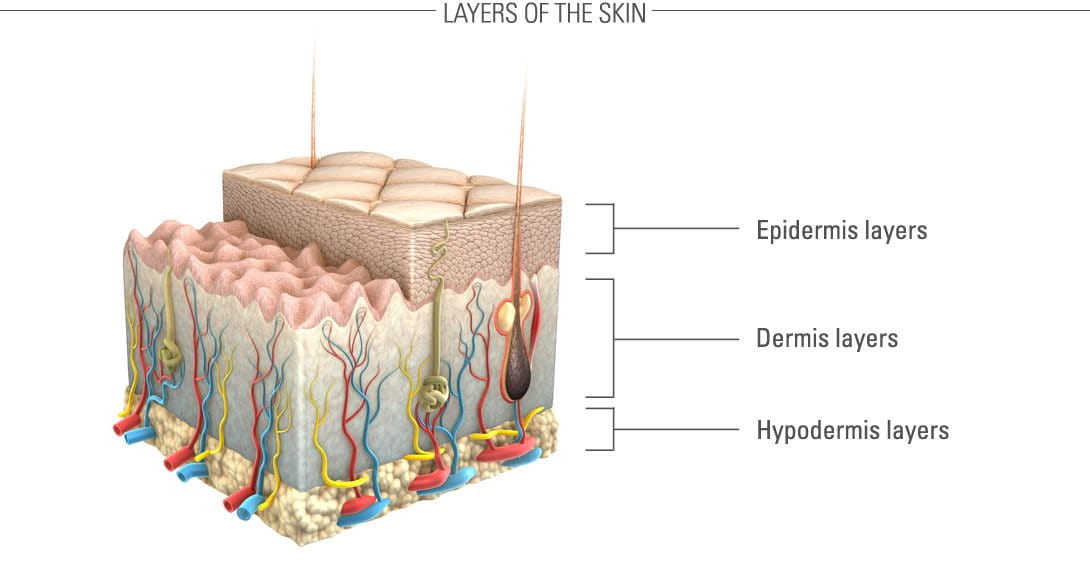
External causes of ageing
The external factors affecting the speed with which
the skin ages are all due to one process, oxidative stress. This is the
release of molecules called free radicals, or reactive oxygen species,
in the body. Free Radical Theory of Ageing states that we age due to the
accumulation of damage due to free radicals as time goes by. A free
radical is a highly volatile atom or molecule that consists of a single
unpaired electron in an outer shell. The majority have extensive ability
to damage all cell structures including lipids and proteins.
Under normal circumstances free radicals are caught and neutralized by anti-oxidants in the skin: molecules with the ability to absorb and stop them. However, over time, the skin’s ability to DE-activate free-radicals decreases. The result is damage to all components of the skin cell. Oxidative stress is accelerated and triggered by a variety of lifestyle factors.
Under normal circumstances free radicals are caught and neutralized by anti-oxidants in the skin: molecules with the ability to absorb and stop them. However, over time, the skin’s ability to DE-activate free-radicals decreases. The result is damage to all components of the skin cell. Oxidative stress is accelerated and triggered by a variety of lifestyle factors.
Sun
Exposure to the sun’s rays is the primary external factor responsible for skin ageing via oxidative stress. Damage to the skin caused by both prolonged exposure, and everyday exposure to the UV rays is called Photo ageing, which is also responsible for uneven pigmentation.

Pollution
Allowing the skin to be exposed to pollution, most commonly in cities, can trigger the release of skin damaging free radicals. In addition, pollution worsens the affects of sun exposure accelerating oxidative stress.

Smoking
The chemicals and nicotine contained in cigarettes are responsible for an upsurge in the amount of free radicals in the skin. Like pollution they intensify the effects of sun exposure, leading to oxidative stress.
Exposure to the sun’s rays is the primary external factor responsible for skin ageing via oxidative stress. Damage to the skin caused by both prolonged exposure, and everyday exposure to the UV rays is called Photo ageing, which is also responsible for uneven pigmentation.
Pollution
Allowing the skin to be exposed to pollution, most commonly in cities, can trigger the release of skin damaging free radicals. In addition, pollution worsens the affects of sun exposure accelerating oxidative stress.

Smoking
The chemicals and nicotine contained in cigarettes are responsible for an upsurge in the amount of free radicals in the skin. Like pollution they intensify the effects of sun exposure, leading to oxidative stress.
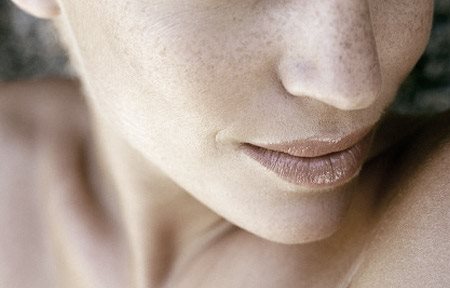
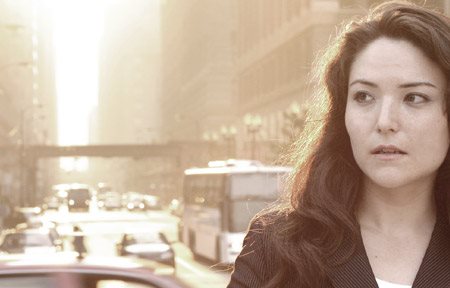
Nutrition
Anti-oxidants are molecules with the ability to neutralize the free radicals that damage skin, speeding up skin ageing. A diet lacking in antioxidants will do nothing to help slow down general skin ageing. However, eating lots of antioxidant-rich fruits and vegetables can become a key tool in a holistic approach to prevention of the ageing process.
Too little care
Skin that is poorly cared for will age more quickly. Thorough cleansing using products appropriate for skin type together with regular application of skin care products targeted to the skin’s primary concern, can influence the skin to a great extent. Use of effective sun protection when exposed to sunlight is a key part of prevention.
Anti-oxidants are molecules with the ability to neutralize the free radicals that damage skin, speeding up skin ageing. A diet lacking in antioxidants will do nothing to help slow down general skin ageing. However, eating lots of antioxidant-rich fruits and vegetables can become a key tool in a holistic approach to prevention of the ageing process.
Too little care
Skin that is poorly cared for will age more quickly. Thorough cleansing using products appropriate for skin type together with regular application of skin care products targeted to the skin’s primary concern, can influence the skin to a great extent. Use of effective sun protection when exposed to sunlight is a key part of prevention.
Minimising the affects of ageing
Understanding the skin’s ageing process informs decisions about how to treat it. The three key signs of ageing: loss of volume and wrinkles are examined in more detail in separate articles. If there is still uncertainty about which treatment route to take, the skin test may be a useful diagnostic tool. Both minimizing the effects of ageing and preventing further ageing can be achieved through a holistic approach. This approach involves areas of lifestyle and care being examined and changed accordingly.
Lifestyle
As oxidative stress is the primary cause of external skin ageing, any lifestyle changes should be targeted towards minimizing its effects as much as possible.
Nutrition
A healthy diet, rich in fruits and vegetables will ensure an intake of anti-oxidants that can help to limit the damaging effects of free radicals on the skin. As much variety as possible should be included, but some foods are known to be particularly high in anti-oxidants and might even have a skin protecting effect: Carrots, apricots and other orange and yellow fruit and vegetables, blueberries, leafy green vegetables, bell peppers, tomatoes, beans and other pulses, fish – particularly salmon, and nuts.
As well as choosing the right foods, there is evidence to suggest that some should be avoided. A diet too high in fat and carbohydrates has been found to promote ageing.
Smoking
Smoking accelerates ageing remarkably, reducing elasticity and causing dullness. Stopping smoking will help to improve the appearance of the skin by cutting out the chemicals and nicotine present in cigarettes.
As oxidative stress is the primary cause of external skin ageing, any lifestyle changes should be targeted towards minimizing its effects as much as possible.
Nutrition
A healthy diet, rich in fruits and vegetables will ensure an intake of anti-oxidants that can help to limit the damaging effects of free radicals on the skin. As much variety as possible should be included, but some foods are known to be particularly high in anti-oxidants and might even have a skin protecting effect: Carrots, apricots and other orange and yellow fruit and vegetables, blueberries, leafy green vegetables, bell peppers, tomatoes, beans and other pulses, fish – particularly salmon, and nuts.
As well as choosing the right foods, there is evidence to suggest that some should be avoided. A diet too high in fat and carbohydrates has been found to promote ageing.
Smoking
Smoking accelerates ageing remarkably, reducing elasticity and causing dullness. Stopping smoking will help to improve the appearance of the skin by cutting out the chemicals and nicotine present in cigarettes.
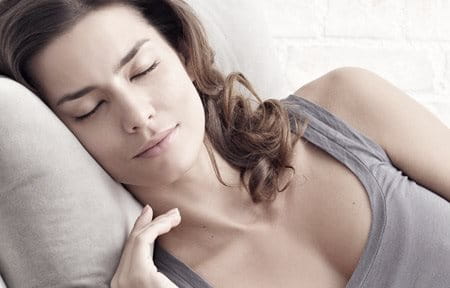
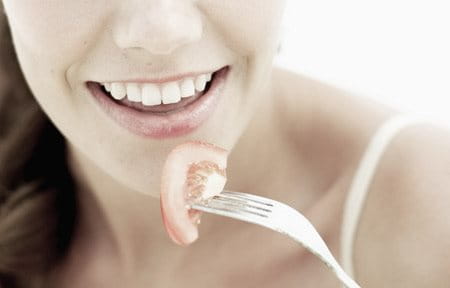
Skin Care
The skin changes with each life stage and the way it is cared for should reflect its changing needs as time goes by.
A good skin care routine is an essential part of a holistic approach to treating all signs of ageing: loss of volume, loss of density, wrinkles and related conditions such as age induced dryness or sensitive ageing skin.
The skin changes with each life stage and the way it is cared for should reflect its changing needs as time goes by.
A good skin care routine is an essential part of a holistic approach to treating all signs of ageing: loss of volume, loss of density, wrinkles and related conditions such as age induced dryness or sensitive ageing skin.
If your skin is healthy, good care will ensure your
skin stays in condition. If not, a consistent routine can help to
improve it. A skincare routine should consist of three steps, cleanse, care and sun protection.
Cleansing removes make-up, dirt and chemicals from the skin. This is vital, as chemicals on the surface as a result of pollution can be a trigger for oxidative stress.
Care is the replenishment and hydration of the skin, using the appropriate products for the sign of ageing that is the primary concern. By targeting the concern with the correct products and their actives such as Hyaluronic Acid, Glycerine-Saponin or CO Enzyme Q10, improvements can be made to the appearance of the skin. Protecting the skin from UV rays is the most important step in the prevention of future skin ageing. The SPF product used should be selected with skin type and skin concern in mind.
Cleansing removes make-up, dirt and chemicals from the skin. This is vital, as chemicals on the surface as a result of pollution can be a trigger for oxidative stress.
Care is the replenishment and hydration of the skin, using the appropriate products for the sign of ageing that is the primary concern. By targeting the concern with the correct products and their actives such as Hyaluronic Acid, Glycerine-Saponin or CO Enzyme Q10, improvements can be made to the appearance of the skin. Protecting the skin from UV rays is the most important step in the prevention of future skin ageing. The SPF product used should be selected with skin type and skin concern in mind.
Read more about facial sun protection
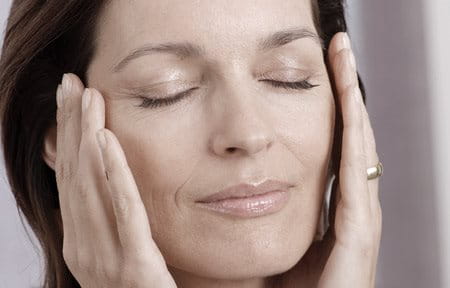
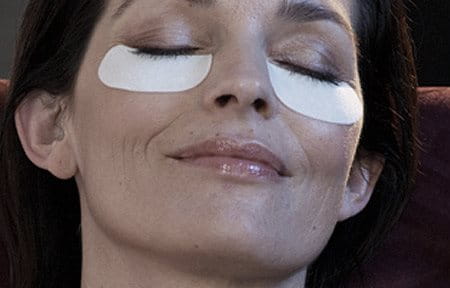

Comments
Post a Comment